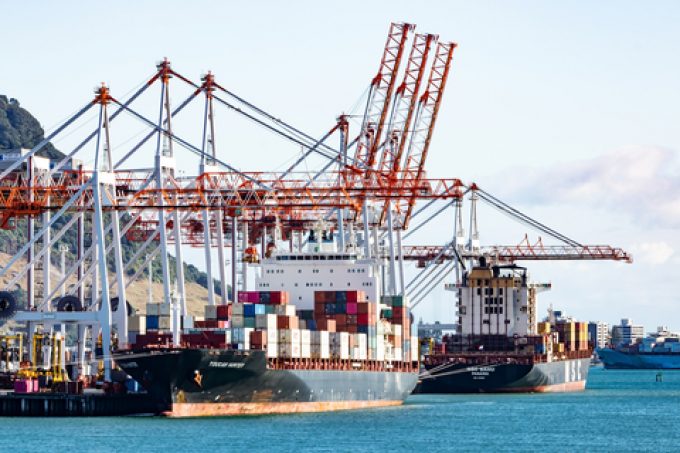CHRW: Key trends for LTL shippers...
CH ROBINSON‘s Greg West writes: The landscape for less-than-truckload (LTL) shipping has undergone significant shifts in ...

Shippers should consider options such as air-sea cargo and coastal shipping to send goods to Australia and New Zealand.
According to CH Robinson, it’s vital to explore a variety of transport modes to keep supply chains moving.
Andrew Coldrey, CH Robinson’s vice president for Oceania, said: “The airfreight market is fluid and changing daily, therefore it may be beneficial for international goods to be transported using both air and ocean shipping.”
Indeed, forwarders are using Asian hubs such as Shanghai and Hong Kong to ...
Asia-USEC shippers to lose 42% capacity in a surge of blanked sailings
USTR fees will lead to 'complete destabilisation' of container shipping alliances
New USTR port fees threaten shipping and global supply chains, says Cosco
Outlook for container shipping 'more uncertain now than at the onset of Covid'
Transpac container service closures mount
DHL Express suspends non-de minimis B2C parcels to US consumers
Zim ordered to pay Samsung $3.7m for 'wrongful' D&D charges
Flexport lawsuit an 'undifferentiated mass of gibberish', claims Freightmate

Comment on this article